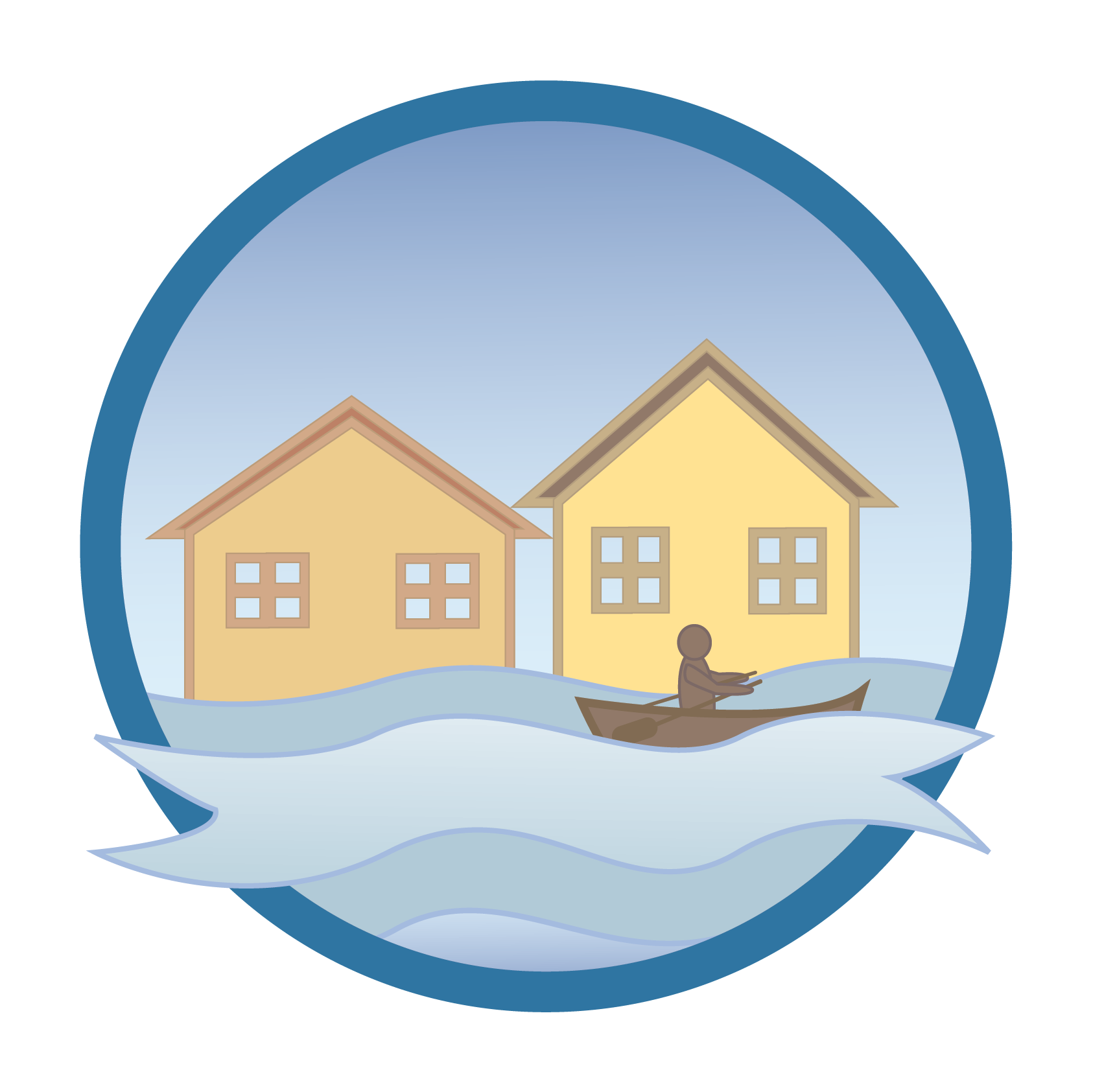In August, we took a look at how this winter’s El Niño was shaping up. While most predictions pointed to an El Niño comparable with 1997 (the worst on record), some were predicting that a “Godzilla El Niño” was on its way. Now that we’re in the midst of it, let’s take a look at how El Niño has shaped up.
Topics: Floods, Flood Insurance, Risk Management, Hurricane
One of the key attributes of a flood model is the Base Flood Elevation, or BFE. It represents the elevation of the water surface during a perfectly calm flood of precisely defined annual probability – in other words, it’s a fiction. Happily, it is a very useful fiction.
The context in which most people are familiar with BFE is through the FEMA FIRMs. For many (but not all) Special Flood Hazard Areas (SFHAs), FEMA publishes a BFE – i.e. the elevation of the water during a flood that would mimic the relevant A or V zone. To obtain a Letter of Map Change from FEMA, and to be excused from the regulations governing a property within an SFHA, a homeowner needs to demonstrate that their ground floor elevation is above the BFE. In other words, a 1% flood would not get their front door wet.
Topics: Risk Management, Flood Modeling, Risk Models
A few months ago, Dr. Anand Rao of PwC published an article in Carrier Management that explored a few of the psychological barriers to innovation. It was an article that stood out because it’s not really insurance-focused, but entirely relevant to insurance and its laggard approach to innovation thus far (right, Mr. Wilson from Aviva?).
Dr. Rao identifies three biases that sand the skids of change. Here they are, quoting his article:
- Status Quo Bias: Over the past couple of decades, behavioral economics has documented human bias toward the status quo. This individual bias manifests itself at the organizational level, as well—very seldom do organizations willingly want to change—and change usually occurs because of external factors.
- Risk Aversion: Evolution has programmed us to avoid risks. The amygdala, the integrative center for emotions in the brain, inclines us to avoid risks. This individual trait carries over to most institutions, except for the few that deliberately have been designed to be risk-seeking. By their very nature, most insurers are very careful about which risks to take.
- Self-Serving Bias: People often conflate what is fair with what benefits oneself. Similarly, we are open to making by gut instinct decisions that favor ourselves.
Topics: Risk Management, Insurance Technology
There is a great article over at Insurance Thought Leadership by Deb Smallwood describing the traditional interaction between agents and insurers. Or, to be precise, the lack of interaction between them (It’s not a good sign when the metaphor for the link is a trench!). The issue she explores is the difficulty in exchanging the necessary information between agents (or brokers) and insurers to ensure smooth business processes. The same problem could be expanded to include any interface in the entire insurance industry, including reinsurance brokers working with their customers and the reinsurers, and even the reinsurers working with the markets.
Topics: Risk Management, Insurance Software, Risk Scoring, Insurance Technology
Big data is big news, and rightly so. The ability to glean answers from huge datasets is enabling previously impossible innovation in insurance, just like these gents mentioned a few months ago. There are datasets that comprise decades of building history for most houses in the United States. There are geospatial models of the Earth’s surface, with elevations every 15’ or so for the lower 48 states and Hawaii. Then there are risk models and hazard maps that combine all sorts of scientific data. And then there are historical records of losses and loss-causing events. There are tons and tons of data — to no end.
However, there is an unspoken premise for solutions that excavate answers out of data: the right data is in there somewhere. Even though there are “predictive analytics”, “intelligent algorithms”, “virtual learning” and other software tricks to deliver answers, there is nothing quite like having the right data involved. Sometimes there is no “right” data – wouldn’t it be nice if there was a catalog of future floods or earthquakes? Without some predictive modeling, underwriters would be dealing with the Turkey Problem. But using the right information in predictive models or algorithms is, again, essential.
Topics: Big Data, Insurance Underwriting, Risk Management, Risk Scoring





